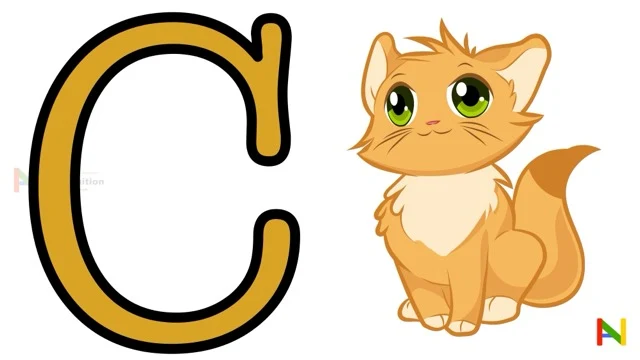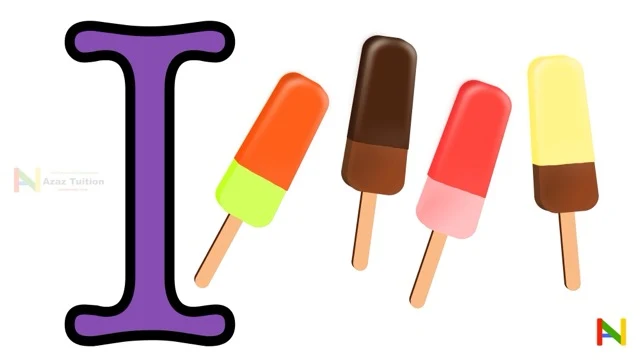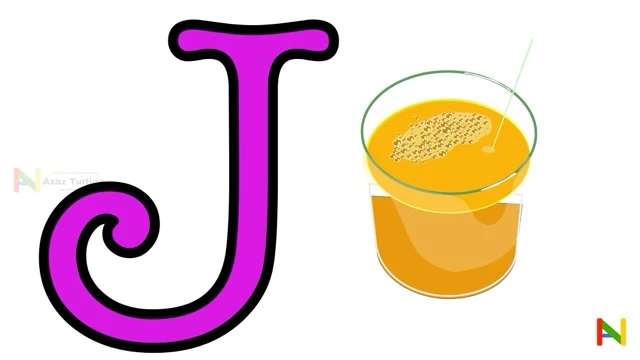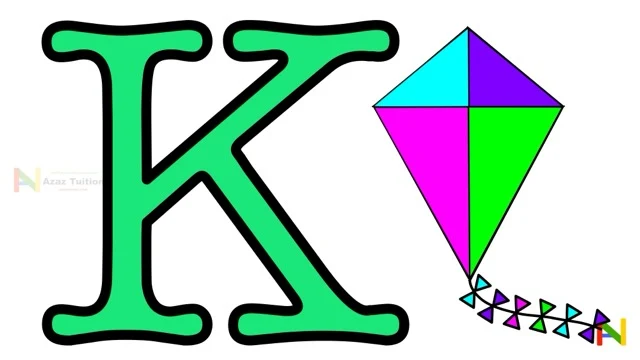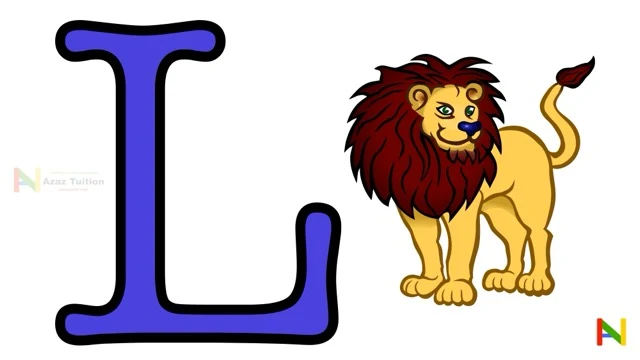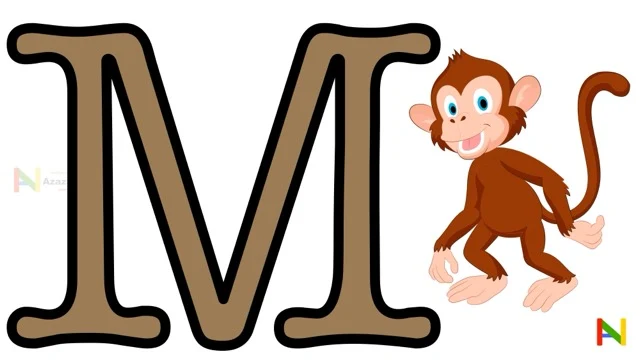Multi-Sensory Alphabet Flashcards for Preschoolers
These sources describe English alphabet flashcards designed for preschoolers (ages 3-6). The flashcards use a multi-sensory approach, combining visual images, sounds, and physical interaction to teach letter recognition, sound association, and vocabulary. Activities suggested promote active learning, and assessment focuses on the child's ability to identify letters and sounds. The materials highlight the benefits of flashcards as a fun and engaging way to learn the alphabet, alongside complementary resources such as alphabet books and songs. The overall conclusion emphasizes flashcards as a valuable tool for early literacy development.
English Alphabet Flashcards: A Comprehensive Guide
Briefing Document: English Alphabet Flashcards
Theme: This briefing document reviews materials related to English Alphabet Flashcards, focusing on their purpose, use, and benefits in early childhood education.
Key Ideas and Facts:
●
Target Audience: These flashcards are primarily designed for preschool and kindergarten children aged 3-6 who are beginning to learn the alphabet. ("English Alphabet Flashcards FAQ", Q2 & "English Alphabet Flashcards: A Study Guide", Short-Answer Key 1)
●
Multi-Sensory Approach: The flashcards employ a multi-sensory approach by combining visual elements (letters and images), auditory elements (letter sounds), and kinesthetic elements (physical interaction with the cards). ("English Alphabet Flashcards FAQ", Q3 & "English Alphabet Flashcards: A Study Guide", Short-Answer Key 6) This approach caters to different learning styles and enhances engagement.
●
Learning Objectives: The primary learning objectives are letter recognition, sound association, and vocabulary building. ("English Alphabet Flashcards FAQ", Q1)
●
Image Relevance: Each flashcard features an image corresponding to the letter, with the image carefully chosen to start with the same sound as the letter. ("English Alphabet Flashcards FAQ", Q5 & "English Alphabet Flashcards: A Study Guide", Short-Answer Key 4) For example, the letter "A" is paired with an image of an apple. ("Testing Theme: English Alphabet Learning Flash Cards.pdf") This connection aids in sound association and memory.
●
Active Learning: The flashcards encourage active learning by prompting children to interact with the cards, participate in activities, and respond to questions. ("English Alphabet Flashcards FAQ", Q3 & "English Alphabet Flashcards: A Study Guide", Short-Answer Key 7) Suggested activities include letter identification, sound association, vocabulary building, memory games, and storytelling.
●
Benefits: Flashcards provide several benefits for alphabet learning, including visual stimulation, repetition for reinforcement, active learning, and portability. ("English Alphabet Flashcards FAQ", Q4)
●
Assessment: Progress can be assessed by observing the child's ability to identify letters, associate sounds, name images, and engage in activities. ("English Alphabet Flashcards FAQ", Q8 & "English Alphabet Flashcards: A Study Guide", Short-Answer Key 10)
Important Quotes:
●
"These flashcards are designed to help children learn the English alphabet. Each card features a letter of the alphabet, a corresponding image, and the name of the image." ("English Alphabet Flashcards FAQ", Q1)
●
"Flashcards provide a fun and engaging way for children to learn the alphabet." ("English Alphabet Flashcards FAQ", Q4)
●
"The flashcards use a multi-sensory approach by combining visual (letter and image), auditory (letter sound), and kinesthetic (interaction with cards) elements to aid learning." ("English Alphabet Flashcards: A Study Guide", Short-Answer Key 6)
Complementary Resources:
●
Alphabet books
●
Alphabet songs
●
Online alphabet games
Further Discussion:
●
While the provided materials focus on the practical aspects of using the flashcards, the essay questions in "English Alphabet Flashcards: A Study Guide" prompt deeper discussion on the role of visual stimulation, repetition, and active learning in early childhood education.
●
Additionally, the comparison between traditional flashcards and digital learning apps raises important considerations about the most effective methods for teaching young children.
Overall Conclusion:
English Alphabet Flashcards are a valuable tool for supporting early literacy development. Their multi-sensory approach, interactive nature, and focus on key learning objectives make them an engaging and effective resource for preschool and kindergarten children.
English Alphabet Flashcards
English Alphabet Flashcards FAQ
1. What is the purpose of these flashcards?
These flashcards are designed to help children learn the English alphabet. Each card features a letter of the alphabet, a corresponding image, and the name of the image. This multi-sensory approach aids in letter recognition, sound association, and vocabulary building.
2. What age group are these flashcards appropriate for?
These flashcards are suitable for preschool and kindergarten children, typically ages 3-6, who are beginning their journey in learning the alphabet.
3. How can I use these flashcards effectively?
There are various interactive ways to use these flashcards:
●
Letter Identification: Show the child a card and ask them to identify the letter.
●
Sound Association: Ask the child to make the sound the letter represents.
●
Vocabulary Building: Point to the image and ask the child to name it.
●
Memory Games: Use multiple cards for matching games or memory exercises.
●
Storytelling: Encourage the child to create stories using the images on the cards.
4. What are the benefits of using flashcards for alphabet learning?
Flashcards provide a fun and engaging way for children to learn the alphabet. They offer:
●
Visual Stimulation: The colorful images capture children's attention and make learning enjoyable.
●
Repetition: Repeated exposure to the letters and sounds helps reinforce learning.
●
Active Learning: Flashcards encourage interaction and participation, enhancing comprehension.
●
Portability: Their compact size makes them easy to use anywhere, anytime.
5. Are the images on the flashcards relevant to the letters?
Yes, each image is carefully chosen to start with the same sound as the letter on the card. This helps children connect the letter's sound with a familiar object, making it easier to remember.
6. Can I create my own flashcards based on this theme?
Absolutely! You can expand on this theme by creating additional flashcards with different images that represent the same letter sound. This allows for personalized learning and deeper understanding.
7. Are there any other resources available to complement these flashcards?
Yes, there are numerous resources like alphabet books, songs, and online games that can be used alongside the flashcards to reinforce alphabet learning.
8. How can I assess my child's progress using these flashcards?
Observe your child's ability to:
●
Identify letters accurately.
●
Associate sounds with letters.
●
Name the images on the cards.
●
Engage in activities and games using the flashcards.
Celebrate their achievements and provide encouragement throughout their learning journey.
English Alphabet Flashcards: A Study Guide
English Alphabet Flashcards Study Guide
Short-Answer Questions
1.
Describe the target audience for these English Alphabet Flashcards.
2.
Explain two different ways these flashcards can be used to aid in letter recognition.
3.
How do the flashcards support vocabulary building in young children?
4.
What is the benefit of the images on each flashcard being relevant to the letter?
5.
Besides flashcards, name two other resources that can be used to reinforce alphabet learning.
6.
Explain the concept of 'multi-sensory approach' in the context of these flashcards.
7.
How do the flashcards encourage 'active learning'?
8.
Apart from letter identification, what other skill can be assessed using the flashcards?
9.
Can these flashcards be used for children outside the specified age group? Why or why not?
10.
How can parents or educators assess a child's progress using these flashcards?
Short-Answer Key
1.
The target audience for the English Alphabet Flashcards is preschool and kindergarten children, typically ages 3-6, who are starting to learn the alphabet.
2.
The flashcards can aid in letter recognition by: 1) Showing the child a card and asking them to identify the letter, and 2) Engaging in memory games using multiple cards where children match identical letters.
3.
Each flashcard includes an image corresponding to the letter, and asking the child to name the image helps build vocabulary related to the letter sound.
4.
The relevant images help children connect the letter's sound with a familiar object, making it easier to remember the letter and its pronunciation.
5.
Besides flashcards, resources like alphabet books and alphabet songs can be used to reinforce alphabet learning.
6.
The flashcards use a multi-sensory approach by combining visual (letter and image), auditory (letter sound), and kinesthetic (interaction with cards) elements to aid learning.
7.
Flashcards encourage 'active learning' by prompting children to interact with the cards, participate in activities, and respond to questions, rather than passively receiving information.
8.
Apart from letter identification, the flashcards can be used to assess a child's ability to associate sounds with letters.
9.
While designed for ages 3-6, these flashcards can be adapted for younger or older children depending on their individual learning needs and developmental stage. Adjustments to activities and complexity might be needed.
10.
Parents or educators can observe a child's accuracy in identifying letters, associating sounds, naming images, and engaging in activities to assess progress and understanding.
Essay Questions
1.
Discuss the importance of visual stimulation in early childhood education, particularly in learning the alphabet. Analyze how these flashcards utilize visual elements to enhance learning.
2.
Explain the role of repetition and active learning in developing literacy skills. How do flashcards support these learning principles?
3.
Compare and contrast the benefits of using traditional flashcards versus digital alphabet learning apps. Which method do you believe is more effective for young children and why?
4.
Critically evaluate the claim that using flashcards solely for rote memorization is not an effective learning strategy. Argue for or against the use of flashcards as a primary tool for alphabet learning.
5.
Imagine you are designing a set of alphabet flashcards. Detail the design choices you would make, considering visual appeal, relevance of images, and inclusion of additional features to promote interactive learning. Justify your choices.
Glossary of Key Terms


